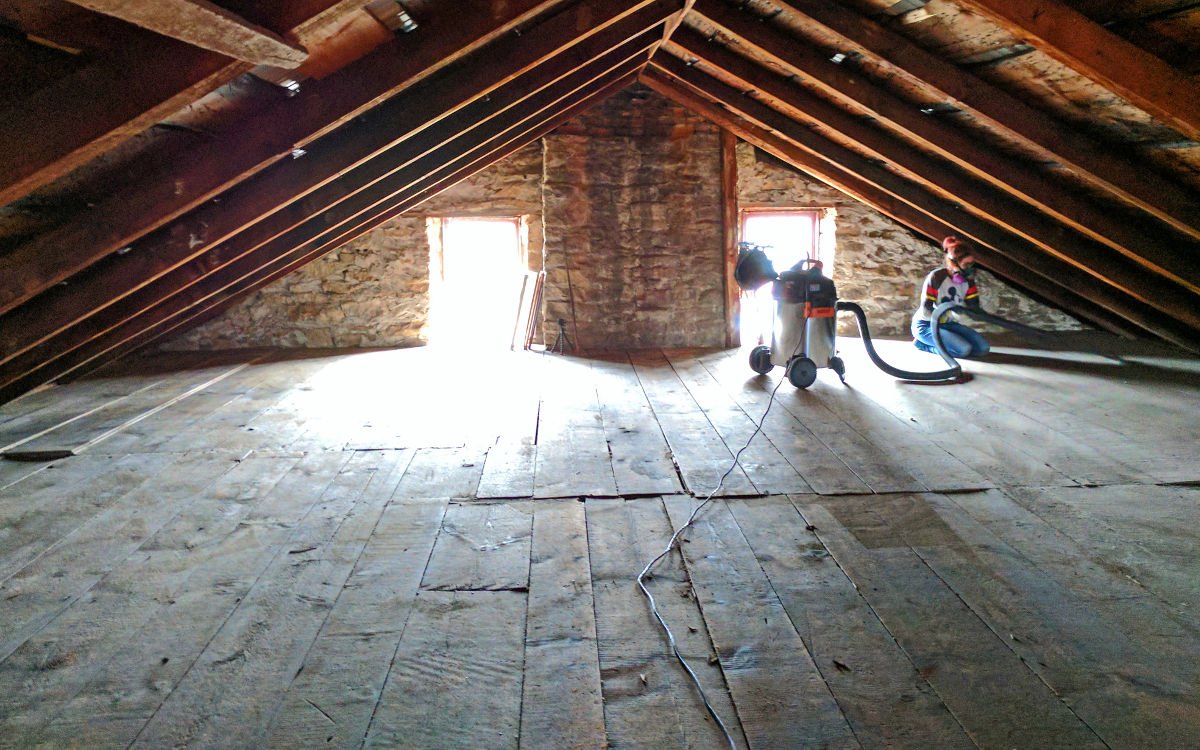As the colder months approach, it’s essential to prepare your home to endure the chill. A vital part of this preparation involves understanding how to winterize an attic. This task not only helps in maintaining a cozy indoor climate but also significantly reduces heating costs. In this article, we will explore the steps involved in transforming your attic into a well-insulated and energy-efficient space.

Understanding the Importance of Winterizing
Winterizing your attic is crucial for several reasons. Primarily, it helps in conserving energy by minimizing heat loss, which can lead to substantially lower energy bills. Additionally, a well-insulated attic prevents ice dams and protects the structural integrity of your roof. By learning how to winterize an attic, you can ensure your home remains warm and your utility bills stay manageable.
Assessing Your Attic’s Current Condition
Inspecting for Drafts and Leaks
Begin by examining your attic for any drafts or leaks. Look for gaps in the insulation, cracks around windows or doors, and any visible daylight peeking through the roof. Addressing these issues is the first step in how to winterize an attic.
Evaluating Insulation Levels
Next, check the existing insulation levels. Attics should have a minimum of 12 inches of insulation, but more is always better. Use a ruler to measure the depth and consider adding more if necessary. For guidance on attic insulation, consider referring to Attic Ceiling Insulation Guide.
Sealing Air Leaks
Air leaks are one of the primary culprits of heat loss. Sealing these gaps is vital in how to winterize an attic. Use caulk or weatherstripping around windows, doors, and any other openings to keep the warm air inside and the cold air out.
Using Caulking and Weatherstripping
Caulking is ideal for cracks and gaps less than a quarter-inch wide. For larger gaps, opt for weatherstripping to ensure a tight seal. This step is crucial in preventing drafts and should not be overlooked when considering how to winterize an attic.
Enhancing Attic Insulation
Once the leaks are sealed, focus on upgrading the insulation. There are various types of insulation materials available, including fiberglass, cellulose, and spray foam. Each has its advantages and is suitable for different applications.
Choosing the Right Insulation Material
Fiberglass is economical and easy to install, making it a popular choice. Cellulose is environmentally friendly and offers excellent thermal performance. Spray foam, while more expensive, provides superior air sealing and insulation. Choose the material that best fits your needs and budget.
Installing Additional Insulation
Adding more insulation is a straightforward process. Lay batts of fiberglass insulation perpendicular to existing layers or blow in additional cellulose to achieve the desired depth. Ensure there are no gaps or compressed areas to maintain optimal thermal efficiency.
Improving Ventilation
While insulation is crucial, proper ventilation is equally important. Ventilation prevents moisture buildup, which can lead to mold and rot. It also helps regulate attic temperature, preventing ice dams.
Installing Vents and Fans
Ensure your attic has adequate ventilation by installing ridge vents, soffit vents, or attic fans. These components work together to circulate air, maintaining a balanced environment. For more insights, visit Proper Attic Ventilation.
Protecting Attic Access Points
Attic access points, such as hatches or doors, can be significant sources of heat loss. Insulate these areas with foam board or weatherstripping to ensure they are as airtight as possible.
Insulating Attic Doors and Hatches
Use rigid foam board to insulate attic doors and hatches. Secure the board with adhesive and cover it with a layer of weatherstripping to prevent air leaks. This step is vital in how to winterize an attic and should not be skipped.
Regular Maintenance and Inspections
Winterizing your attic is not a one-time task. Regular inspections and maintenance are necessary to ensure continued efficiency. Check the insulation and seals periodically and address any issues promptly.
Scheduling Routine Checks
Schedule routine inspections at least twice a year to assess the condition of your attic. This proactive approach helps identify and resolve potential problems before they become costly repairs.
Conclusion
Learning how to winterize an attic is an essential skill for homeowners. By following these steps, you can create a warm, energy-efficient environment that protects your home and reduces your heating bills. Remember, a well-insulated attic is a key component in maintaining a comfortable home throughout the winter months.

FAQs
Why is attic insulation important?
Attic insulation is crucial for maintaining indoor temperature, reducing energy bills, and preventing structural damage such as ice dams.
What type of insulation is best for an attic?
The best insulation depends on your specific needs and budget. Fiberglass, cellulose, and spray foam each offer unique benefits.
How often should I inspect my attic?
It’s recommended to inspect your attic at least twice a year to ensure it remains well-insulated and free from leaks or damage.
This article contains affiliate links. We may earn a commission at no extra cost to you.



